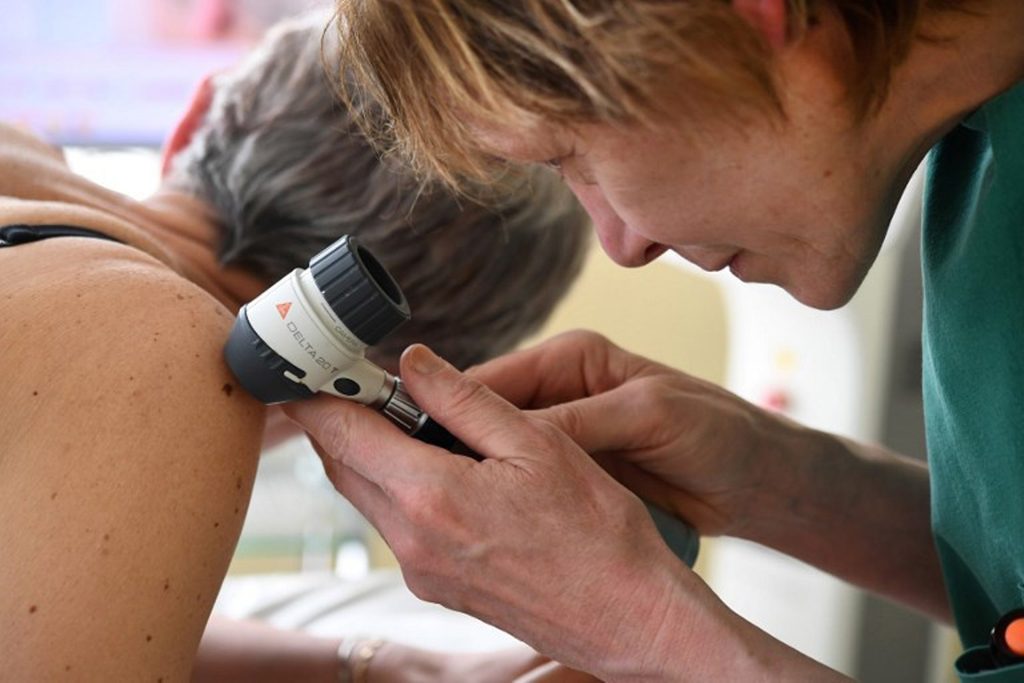Ghent's university hospital (UZ Gent) is joining ULB's Erasmus Hospital to become the second hospital in Belgium to use a microscope that can diagnose skin cancer within half an hour, the Ghent hospital said on Tuesday.
During a traditional diagnosis, the dermatologist performs an initial screening and biopsy with anaesthetic to examine a spot on the patient's skin. The subsequent laboratory tissue analysis involves a certain waiting period. The patient usually receives a diagnosis one to two weeks later and will then have to make a new appointment to discuss future treatment.
The confocal laser scanning microscope therefore makes it possible to avoid the biopsy and the waiting time. "In half an hour, I can give a diagnosis, sufficient explanations and, if necessary, present a treatment," explained UZ Gent dermatologist Isabelle Hoorens. "In this way, my patients avoid suffering from the biopsy and being left in a state of uncertainty."
The new Vivascope 3000 microscope focuses on the cells located in the epidermis (the top layer of the skin). Laser scanning analyses the suspicious spot on the skin and immediately displays the state of the cells on the screen. The specialist can therefore immediately determine whether it is a malignant or benign.
Around 35% of skin cancers can be treated using this technique. "For some rarer cases of cancer, such as extra mammary Paget's disease, this technology is also useful."

